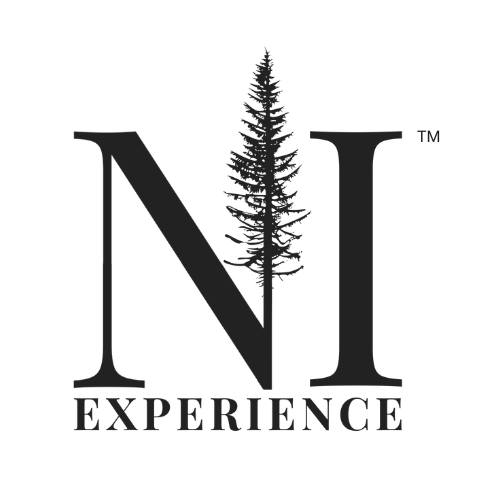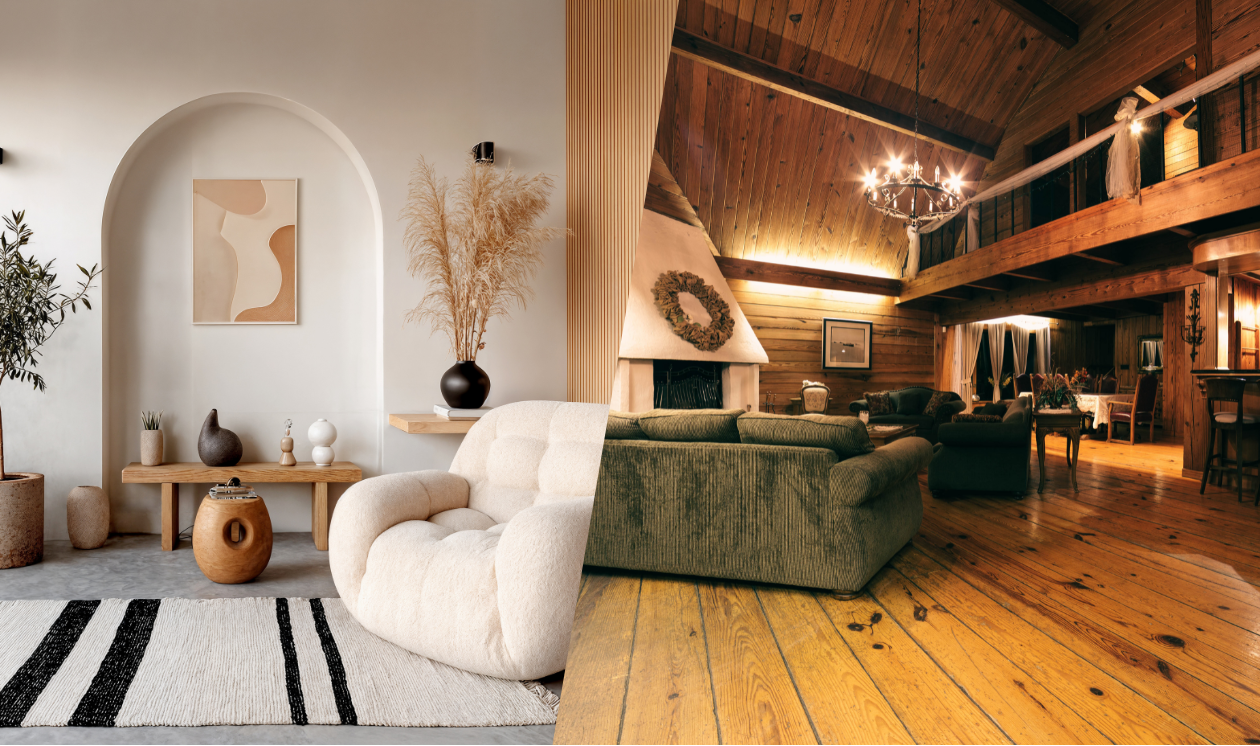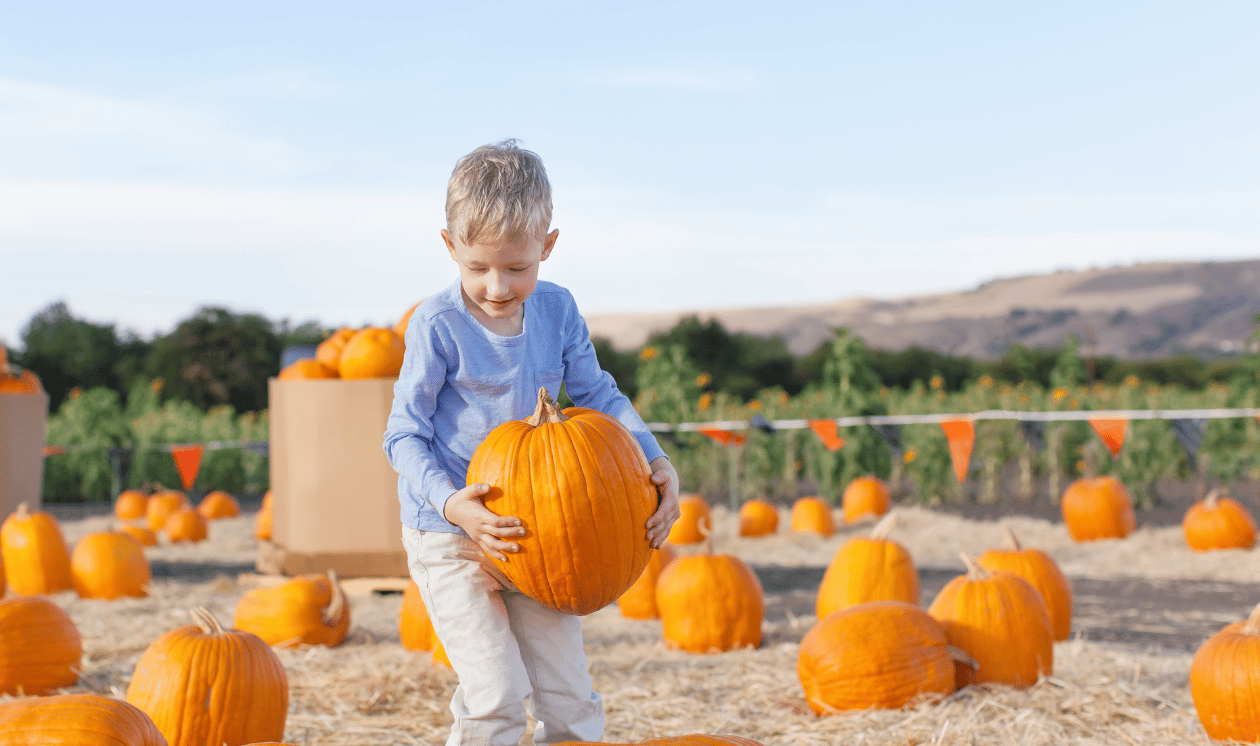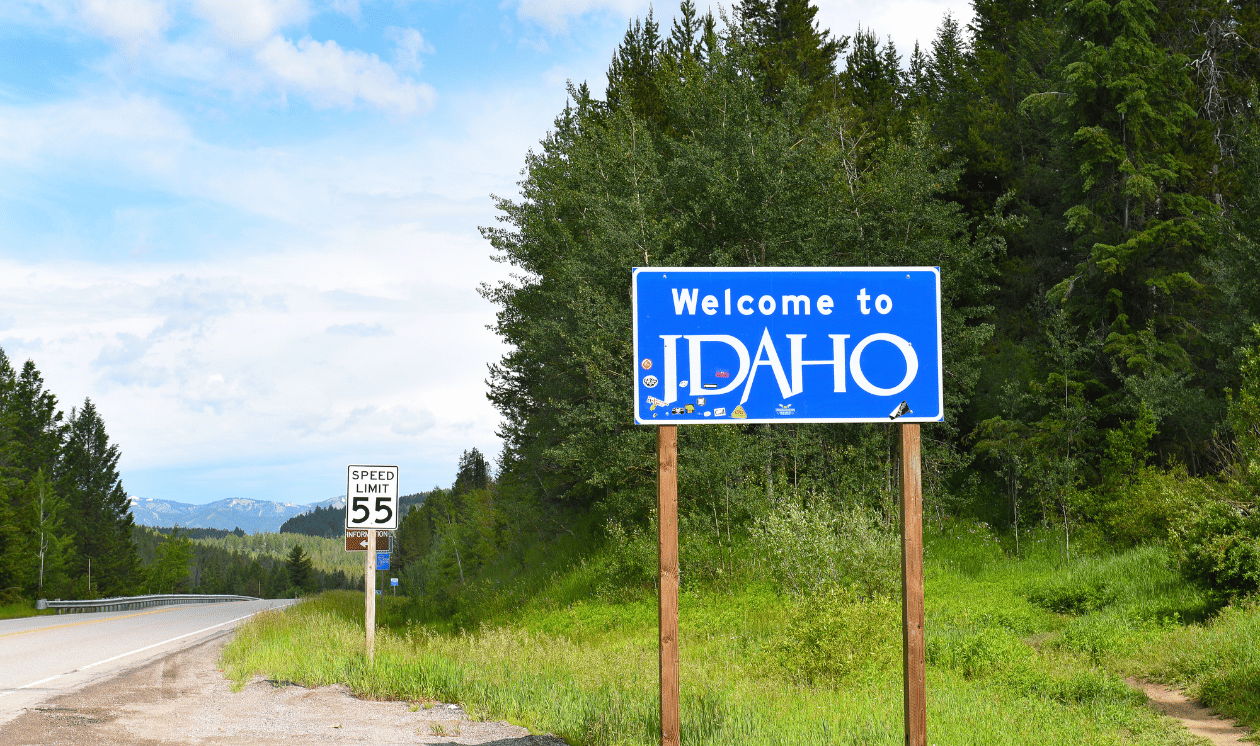Life Off Grid in North Idaho with Survivalist Karie Lee Knoke from Alone Season 9
If you’ve ever daydreamed about stepping out of the rat race and into a life powered by woodstoves, wild food, and real community, this one’s for you. In this episode of the North Idaho Experience, we sit down with Karie Lee Knoke, a wilderness skills instructor and finalist from Alone Season 9, to unpack what off-grid living in North Idaho really looks like—and what the rest of us can borrow from it.
Meet Karie Lee: “The medicine is the woods”
Karie’s résumé is equal parts grit and grace. She’s lived off-grid in a 30-foot yurt for nearly three decades, heats with firewood, collects rainwater, teaches primitive skills, and runs foraging classes. On Alone Season 9, she spent 75 days solo in the subarctic—second place—facing early-season illness, scarce forage, and a fast-closing winter. Her secret? Not brute force, but soft skills: staying calm, working with the landscape, conserving energy, and loving the process.
Shelter, then fire: choosing the hill over the river
Dropped into a wildfire burn in coastal Labrador, most contestants set up along the river. Karie hiked higher. The river valley felt 10° colder with windchill, while a mid-slope bench nestled between two taller ridges broke the gusts. Beneath the moss? Clay. That discovery turned into a dug-in “earth ship” shelter—naturally insulated, low profile, and safe from wind. It’s a masterclass in reading terrain before building anything.
Takeaway for North Idaho: Mountain weather flips fast; wind and moisture pool in low spots. When camping or siting a future homestead structure, prioritize microclimate: wind breaks, drainage, winter sun, and access to water you can treat.
Calories are a currency: move slowly, spend wisely
TV montages love hero runs through the timber. Real survival doesn’t. Karie learned early—while fighting off the flu—that every elevated heart rate costs heat and salts. The winning pace is methodical: short climbs, frequent breathers, zero sweating. She calculated every task by the calorie: Was the energy out worth the energy in?
North Idaho application: Hunting, wood-hauling, fence building, and winter chores all feel noble…until you bonk. Pace projects, avoid sweat in the cold, and stack tasks geographically (don’t yo-yo across the property all day).
Food & water: forage, fish, improvise
Early fall foraging in the subarctic drops off quickly, but Karie still layered calories: trout, grouse, squirrel, and a clever muskrat setup—tying floating fishing line to her arrow to retrieve both bolt and animal from the river (or recover a miss). When spring water appeared near camp, she still boiled everything; boggy headwaters and half a million dollars on the line are a strong nudge toward caution.
North Idaho translation:
- Learn local forage beyond hucks and morels—greens, berries, and trail-edge medicinals can be everyday tools.
- Treat water even when it looks pristine.
- Practice low-risk food methods first: fishing, small game, and pantry staples you actually eat.
The power of “soft skills” (and why they win)
Karie frames survival as primitive living, not just 24-hour rescue mode. That mindset—slow is smooth, smooth is fast—spares calories and nerves. Her list of foundational skills is refreshingly simple:
- Shelter & clothing: Your first “home” is what you wear; dress for the worst day, not the best.
- Fire: Know at least two ways to make it and what local species burn cleanest.
- Knife safety: Your number-one tool can be your best friend—or your worst emergency.
From there come the “do more with less” practices: rendering fat, using hides and bones, sewing buckskin, and turning waste into tools (buttons, rattles, cordage). It’s practical, beautiful, and deeply connected to place.
Community > apocalypse: the Survival Sisterhood
Despite life off-grid, Karie’s not a lone wolf. She recently hosted a five-day Survival Sisterhood retreat—knife safety, firearms fundamentals, self-defense, women’s health, primitive fishing, and plant walks—no phones, no Starlink, only presence. The result? More than new skills: shared meals, deep conversations, and a reminder that resilience is built in tribe.
Explore more conversations on the North Idaho Experience podcast.
Off-grid in North Idaho: why here?
North Idaho’s draw is obvious once you feel it: abundant timber, clean water, four real seasons, and neighbors who wave (and show up). You can be “hybrid” off-grid (solar + well + big garden) or go full yurt and wood heat. Either way, the region makes it easier to opt into a simpler, more capable life—while staying close to towns, trades, and hospitals when you need them.
Thinking about putting down roots? Start with land that fits your risk tolerance: road access in winter, sun exposure for solar, southern slopes, wind breaks, water rights, and zoning that allows what you envision (animals, cabins, outbuildings).
Start where you are: three practical first steps
- Master fire and shelter. Build a legal backyard fire in the rain; pitch a storm-worthy tarp. Repeat until it’s boring.
- Learn five medicinals you can ID in every season. (Plantain, yarrow, St. John’s wort, pine needles, pearly everlasting are great starters here.)
- Plan a “no-screen” day. Take the family on a hike, harvest something edible, cook it over coals. See what changes when nothing pings.
Want the off-grid life—with a driveway and a town nearby?
We help people find land, cabins, and homesteads that match their values—space, self-reliance, and community. If you’re North Idaho curious, let’s talk through power options, wells, septic, snow loads, and how to position your home to work with the landscape (Karie would approve).
Selling first? Grab Your Ultimate Selling Game Plan.
Have questions? Contact the North Idaho Experience team.
Listen, Watch, Read
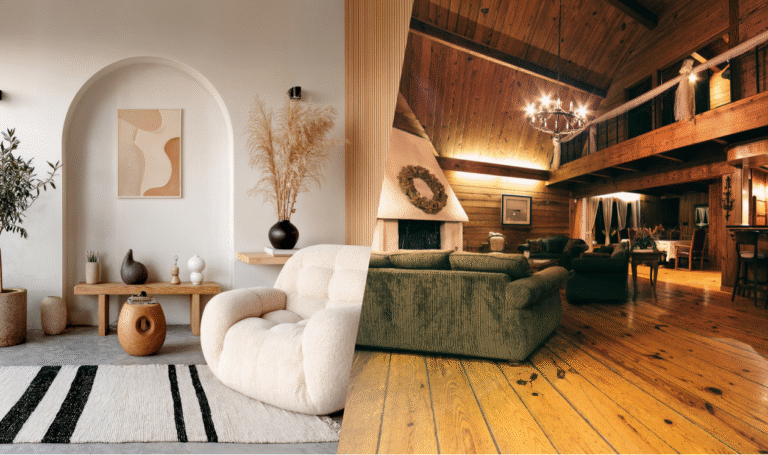
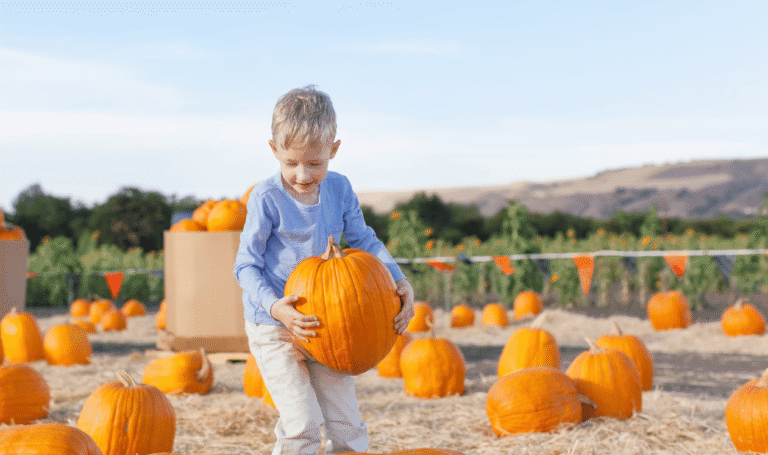
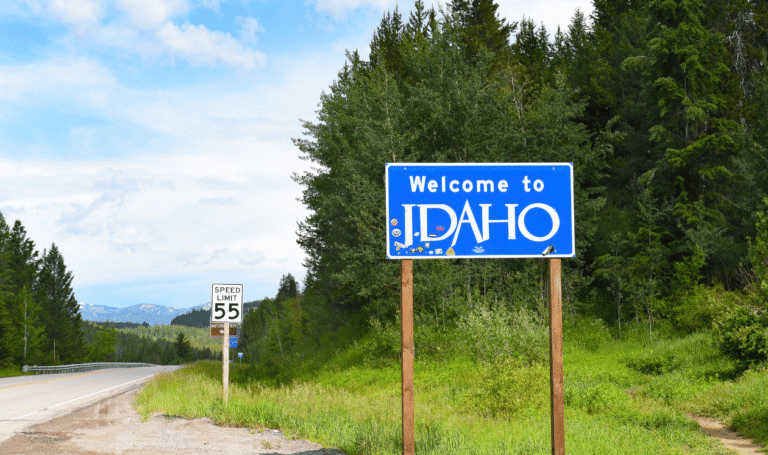



Your Guide to Idaho’s Best-Kept Secrets
Join our email list for exclusive insights, local tips, and the latest listings. Get closer to the Idaho lifestyle you’ve been dreaming of. Sign up today!
